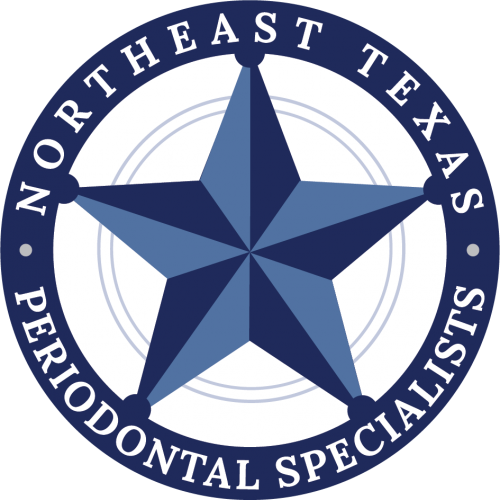The color of the gums can tell us a lot about the health of the mouth but also of the whole body. If you notice darker coloration in your gums, it is important to firstly make sure that the coloration is the result of natural causes and not an underlying oral or other disease. This is why it is important to keep the health and color of the gums under control: some diseases, among the symptoms, present a variation in their color.
If we notice a mutation in the color, it is advisable to contact your dentist to eliminate complications or the development of diseases. Healthy gums appear firm, compact with a regular contour and a color ranging from pale pink to more intense pink.
Their health is linked to our daily hygiene habits. It should include the use of a toothbrush, dental floss, and toothpaste suitable for our mouth. Never aggressively brush the gumline so as not to uncover the dental necks and avoid brushes with bristles that are too stiff. Every 6 months, combine a professional hygiene session in the studio to remove plaque and tartar that cannot be eliminated with a toothbrush alone.
Altered gingival discolorations:
Red – red gums indicate inflammation or infection. It is often associated with increased sensitivity and bleeding. In addition to the color, the shape of the gumline usually also changes, which can appear swollen and slightly detached from the tooth.
This problem is due to the accumulation of bacterial plaque under the gum line which, if eliminated promptly, allows the inflammation to resolve in a few days. However, if the inflammation is neglected it is possible to develop gingivitis, which must be treated professionally to prevent the infection from deepening leading to periodontitis, creating gingival pockets and bone loss around the tooth.
White - the gums that have spots or a whitish patina can depend on various factors such as the accumulation of bacterial plaque, the habit of smoking or the consumption of alcohol. In other cases they are the consequence of particular allergies or bacterial infections such as candida or fungal infections in progress. Still other times they are the consequence of a weakened immune system due to stress or drug therapies. A reaction to a specific mouthwash or teeth whitening products can also make the gums whitish. In all these cases it is advisable to have a check-up with the dentist to establish the exact cause of the whitish color and proceed with the appropriate therapy.
Black - a black, purple, almost livid discoloration of the gums are generally the result of smoking or drug abuse. Other causes can be determined by old amalgam fillings that have pigmented the tissues, by the rupture of a blood vessel, or by the presence of plaque and tartar for a long time that it is sufficient to remove with a plan of professional hygiene sessions. In rare cases there may be an accumulation of melanin in the gums as in the case of Peutz-Jegher syndrome – which is an intestinal disorder that causes hyperpigmented spots on the lips and oral mucosa.
If underlying disease is ruled out by your dentist, then you do have options to lighten your gums. Depending on your situation and overall health, your dentist might recommend gum bleaching, or peeling, which is a surgical technique that scrapes off the hyperpigmented spots in your gums and can leave behind and encourage new growth of pink and healthy gum tissue.

